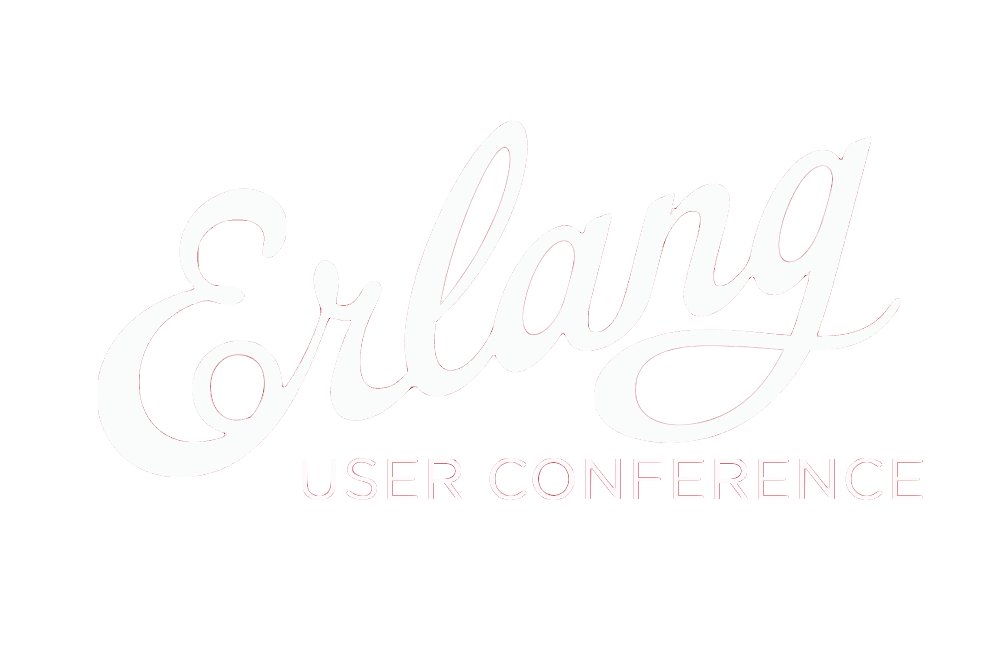
Erlang Patterns Matching Business Needs
Torben HoffmannCTO @ Erlang Solutions
Erlang Patterns Matching Business Needs
In this talk we will present a number of common patterns from Erlang systems and how these patterns relates to business needs. Most of the patterns revolve around the notion of how failure is handled and we will discuss how active treatment of failure leads to better options for the product owner when it comes to prioritising fixes and new features. By modelling the patterns using the newly created Visual Erlang notation we get a new way of talking about Erlang systems and architectures, which will make our thoughts and insights easier to share.
Talk objectives:
- Introduce Visual Erlang as a way of documenting Erlang patterns and sharing some common ones, while relating the patterns to business needs.
Target audience:
- Anyone trying to understand how an Erlang architecture works. Architects will benefit from getting a way to express their ideas and people with limited or no knowledge of Erlang will get a precise description of what goes on in an Erlang architecture.
SlidesVideo
About Torben
Torben Hoffman has been working with Erlang since 2006. Currently as Chief Architect for Basho, previously as CTO of Erlang Solutions and before that as technical architect and developer for Motorola and Issuu. By day he is an Erlang priest, by night an Elixir alchemist. He is devoted to protocols as the way of describing and developing non-trivial software. He has worked extensively with process improvement and people management at Motorola before going back to his engineering roots. GitHub:
LeHoff
Twitter:
@LeHoff
